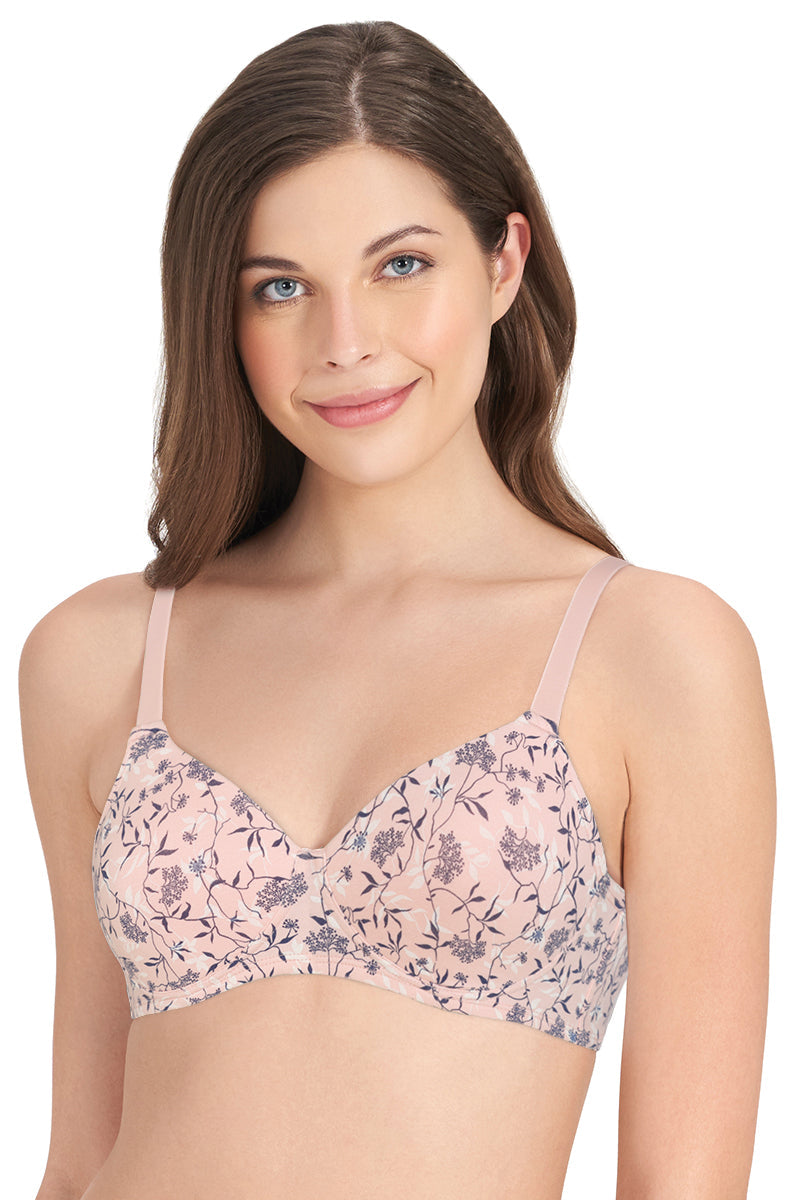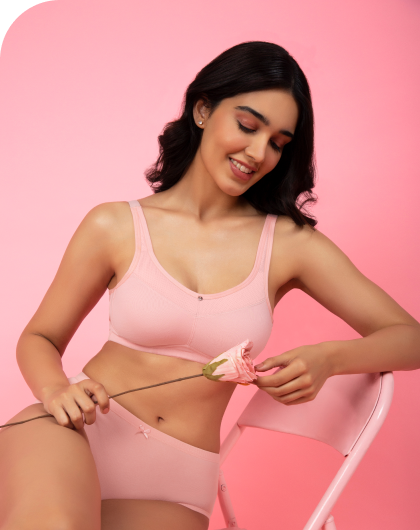What’s the Difference Between Yoga Leggings and Running Leggings?

Summary: Yoga leggings offer soft, stretchy comfort for low-impact activities like yoga and Pilates, while running leggings provide compression, sweat-wicking fabric, and support for high-intensity workouts. Yoga leggings focus on flexibility and a gentle fit, whereas running leggings are built for performance, durability, and breathability.
Leggings are a staple in every activewear wardrobe, but not all leggings are created equal.
When shopping for the perfect pair to suit your workout, you might wonder: What’s the difference between yoga leggings and running leggings?
While they may appear similar at a glance, the design, fabric, and functionality vary based on the activity they’re made for.
In this blog, we’ll break down these distinctions to help you find the right fit for your lifestyle.
What Are Yoga Leggings?

Yoga leggings are specifically designed for low-impact, high-flexibility activities like yoga, Pilates, and stretching sessions.
They are made with soft, stretchy materials that allow for a full range of motion. Comfort and flexibility are the top priorities when it comes to yoga leggings.
Key Features of Yoga Leggings:
• Fabric: Typically made from a cotton-spandex or polyester-spandex blend for stretch and softness.
• Waistband: High-rise, wide waistbands to provide support without digging into the skin.
• Fit: Second-skin fit that moves with your body.
• Seams: Minimal or flatlock seams to prevent chafing during stretching.
• Design: Often simple and stylish, suitable for wearing beyond the studio.
Yoga leggings are great for gentle movements, flexibility, and even lounging at home thanks to their comfort-focused design.
What Are Running Leggings?

Running leggings are built for high-impact activities that require performance-enhancing features.
These leggings prioritize breathability, support, and moisture management to keep you comfortable while you're on the move.
Key Features of Running Leggings:
• Fabric: Sweat-wicking, quick-drying materials like nylon or performance poly-blends.
• Waistband: Snug, adjustable waistbands that stay in place even during intense activity.
• Fit: Compression fit to support muscles and reduce fatigue.
• Seams: Reinforced or ergonomic seams are designed to withstand repetitive movement.
• Design: Often features reflective panels, pockets, and zippers for added utility.
Running leggings are engineered to support performance, prevent irritation, and help you stay cool and dry.
Key Differences Between Yoga and Running Leggings
| Feature | Yoga Leggings |
Running Leggings
|
| Primary Use | Low-impact workouts |
High-impact cardio
|
| Fabric | Soft, stretchy blends |
Sweat-wicking, performance fabrics
|
| Waistband | Wide, high-rise for comfort |
Secure, often adjustable
|
| Compression | Light to moderate |
Moderate to high
|
| Seam Construction | Minimal/flatlock for comfort |
Ergonomic or reinforced for durability
|
| Design Features | Sleek and minimalist |
Reflective panels, pockets, and zippers
|
| Best For | Yoga, Pilates, lounging |
Running, HIIT, outdoor workouts
|
How to Choose the Right One for Your Needs
Choosing between yoga leggings and running leggings comes down to understanding your workout style and personal preferences. Here are a few things to consider:
1. Type of Activity
If you mostly engage in yoga, Pilates, or stretching, yoga leggings are your best bet. If you’re a runner or engage in intense cardio workouts, running leggings offer the support and functionality you need.
2. Comfort vs. Performance
Yoga leggings excel in comfort and unrestricted movement. Running leggings prioritize performance features like compression and sweat-wicking.
3. Climate and Environment
Running leggings often come with breathable panels or cooling tech, ideal for outdoor runs or hot weather. Yoga leggings may feel warmer and cozier, suitable for indoor activities.
4. Versatility
Yoga leggings are often more stylish and wearable outside the gym. If you’re looking for something to wear casually or in a studio, they might be a better pick.
5. Support Needs
If you need extra muscle support or are recovering from injury, compression running leggings can offer added benefit.
Conclusion
Whether you’re mastering your downward dog or gearing up for a sprint, choosing the right pair of leggings can make all the difference.
Yoga leggings are all about flexibility, softness, and comfort, making them ideal for low-impact activities and everyday wear.
Running leggings, on the other hand, are built for movement, support, and performance.
Assess your needs, try both if needed, and invest in leggings that keep you comfortable and confident through every move.
FAQ
Can I run in yoga leggings?
Technically, yes, but it’s not recommended for long distances or high-intensity runs. Yoga leggings lack the support, compression, and moisture-wicking properties found in running leggings.
What are running leggings for?
Running leggings are designed for activities that involve a lot of movement, sweat, and impact. They help regulate temperature, support your muscles, and prevent chafing.
Is it OK to run in leggings?
Absolutely! Leggings, especially those made for running, are a great choice for runners. Just make sure they offer adequate support, breathability, and moisture control for a comfortable experience.
Check out our other blogs:
Thermal Leggings vs. Normal Leggings - What is the difference



